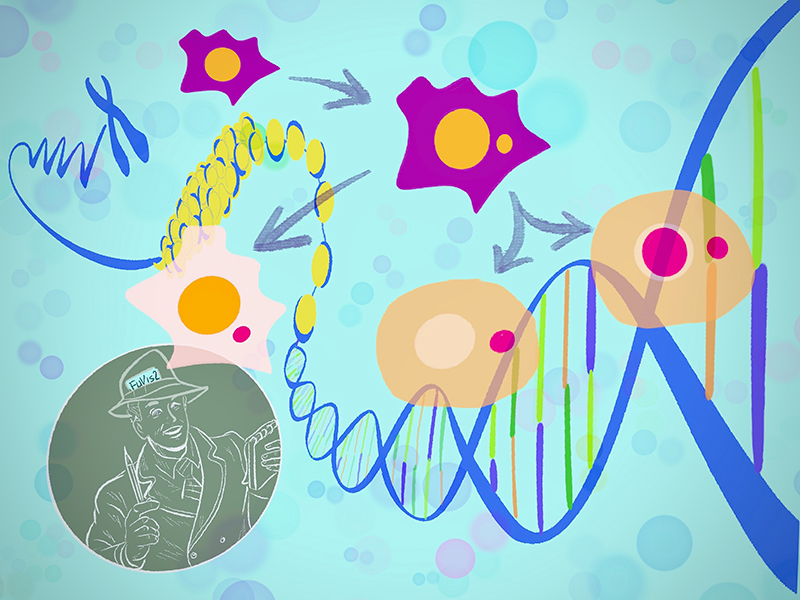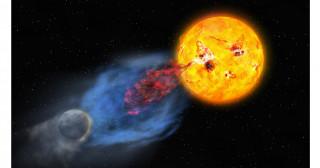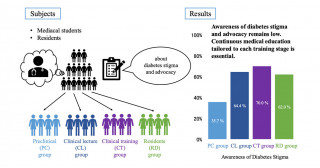Kyoto, Japan -- Cells possess an innate immune system that defends against invasive pathogens such as bacteria and viruses. Previous studies have mapped out the cytoplasmic cGAS-STING pathway in the cytoplasm, known for responding to foreign nucleic acids, such as double-stranded DNA.
Micronuclei -- or MN, abnormal intracellular structures containing the cell's DNA -- have also been suspected of triggering the pathway. However, no conclusive evidence exists of pathway activation by MN-induced cyclic GMP-AMP synthase, or cGAS.
Now, Kyoto University and the AIRC Institute of Molecular Oncology, or IFOM, have collaborated to develop the reporter cell line Fusion Visualization system 2 -- FuVis2 -- designed to help researchers visualize cellular nuclei with chromosome fusion and resulting MN. Using FuVis2, they examined whether MN influences the cGAS-STING response in live cells, where STING refers to stimulators of interferon genes.
"Our findings suggest cGAS more commonly recognizes MN during cell division without activating STING in the following cell cycle, contrary to the existing theory that cGAS-bound MN leads to STING activation," says lead author Makoto Hayashi at the IFOM-KU Joint Research Laboratory at KyotoU's Graduate School of Medicine.
The team also showed that cGAS-STING activation by gamma irradiation leads to mitochondrial DNA leakage into the cytoplasm and is not associated with MN formation. The observed MN inactivity against innate immune responses may suggest chromosomal abnormalities with severe consequences.
Radiation-generated MN had been reported to activate the cGAS-STING pathway, so the researchers began using MN as a model for cGAS activation.
"However, we were excited to obtain the opposite results," says Yuki Sato at KyotoU's Graduate School of Biostudies.
Previous correlative results have also suggested that an MN-mediated innate immune response may drive cellular senescence and suppress cancer. However, Hayashi's team now feels the need to revisit this model.
"Given that these findings were derived specifically from the human colon cancer cell type HCT116, we should also conduct further analyses across different cell types and species before establishing theories about the MN-activated pathway," concludes Hayashi.

Credit: KyotoU GTobiyama/Makoto Hayashi
【DOI】
https://doi.org/10.26508/lsa.202302424
【KURENAI ACCESS URL】
http://hdl.handle.net/2433/286953
Yuki Sato, Makoto T Hayashi (2024). Micronucleus is not a potent inducer of the cGAS/STING pathway. Life Science Alliance, 7(4):e202302424.





